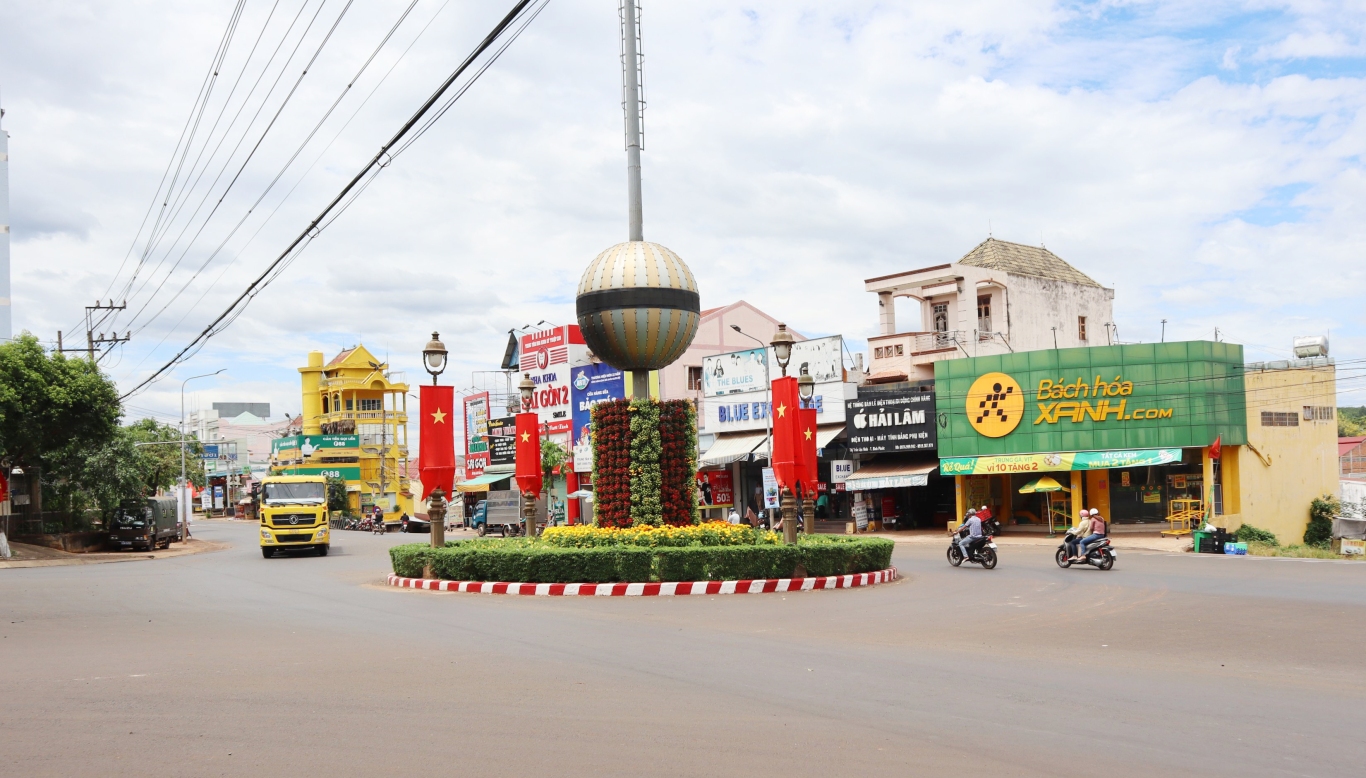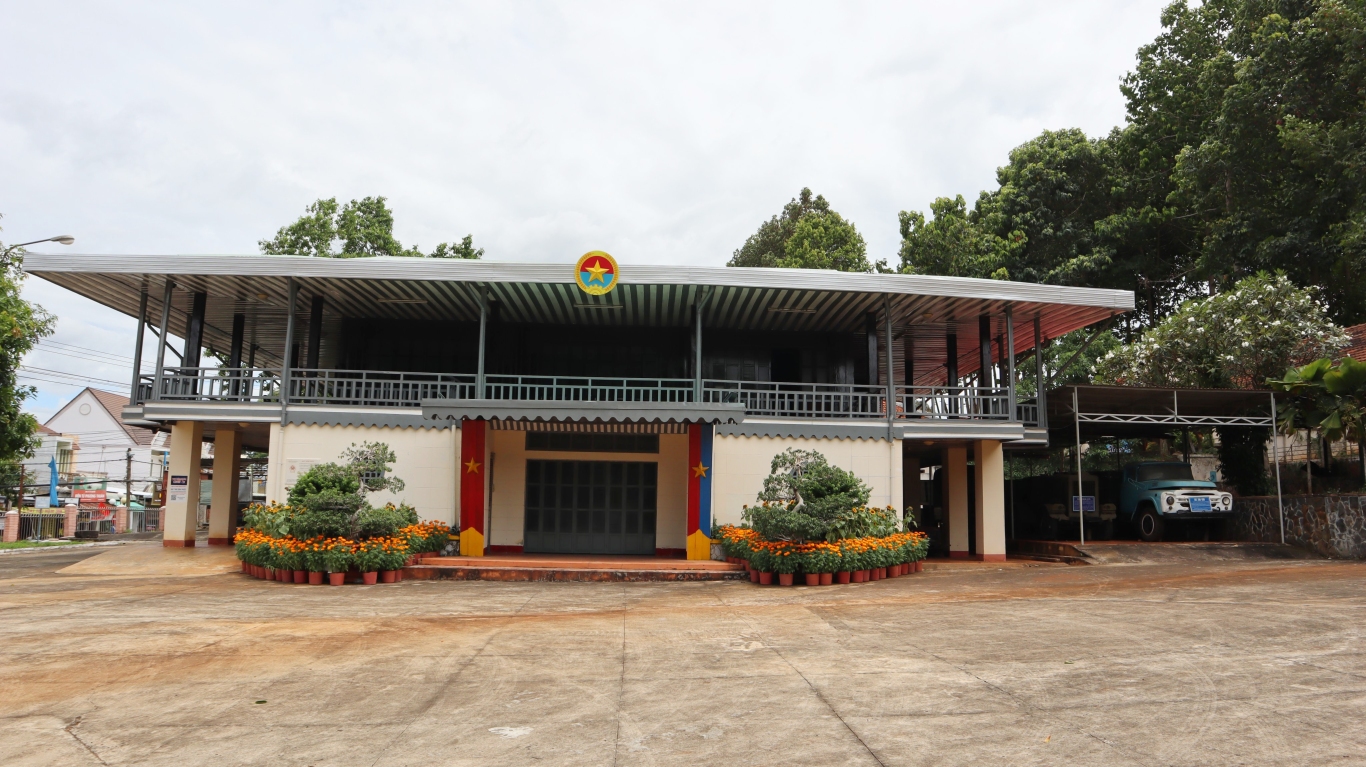(BP Portal) - Loc Ninh, which is a border district, is an attractive heritage tourism destination. This place is a historical milestone for being the first district in the South to be liberated (April 7, 1972), the final part of the Ho Chi Minh Trail, "the capital" of the Resistance War against America.
Loc Ninh is a historical milestone for being the first district in the South to be liberated (April 7, 1972). Photo: BP Portal
50 years after liberation day, Loc Ninh has developed and owned a significant number of cuisines, people, and cultural landmarks. The values and meanings of national historical relics such as Giao Te House, Loc Ninh Airport, etc., remained unchanged.
Trips to the Loc Ninh border district, which has been designated as a historical tourism site, help young generations and tourists understand the national history and express gratitude for previous generations' sacrifices and contributions to national independence. With a number of historical relics nearby and convenient transportation, Giao Te House and Loc Ninh Airport are must-see historical relics.
The picture was captured on the 50th anniversary of Loc Ninh Liberation Day (April 7, 1972-April 7, 2022).
Giao Te House is the headquarters of the Provisional Revolutionary Government of the Republic of South Vietnam. It used to be the venue for the meetings of the Four-Party Joint Military Commission and the Delegation of the Committee to Control and Monitor the Armistice in accordance with the spirit of the Paris Agreement. Photo: BP Portal
Mr. Nguyen Nang Kien, an employee of the Binh Phuoc museum, said: "During the Nguyen Hue campaign in 1972, the house was destroyed. As a result of the diplomatic situation in March 1973, the Provisional Revolutionary Government of the Republic of South Vietnam decided to build the headquarters on the foundation of the old Cao Cang house, based on the design of architect Huynh Tan Phat, the Chairman of the Provisional Revolutionary Government.
The house was built for domestic and international diplomatic missions, so it is called the Giao Te House (Foreign Affairs House)./.

